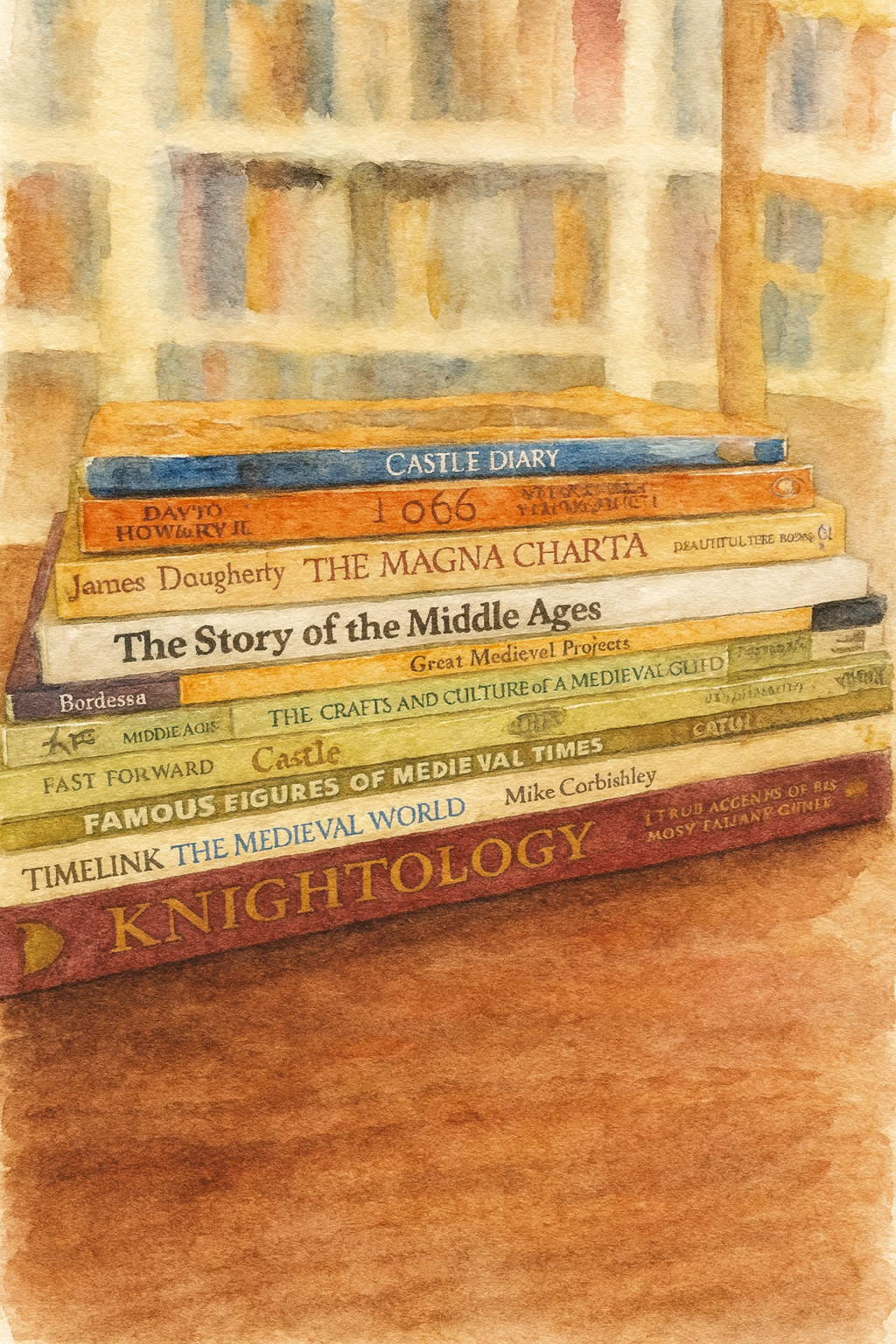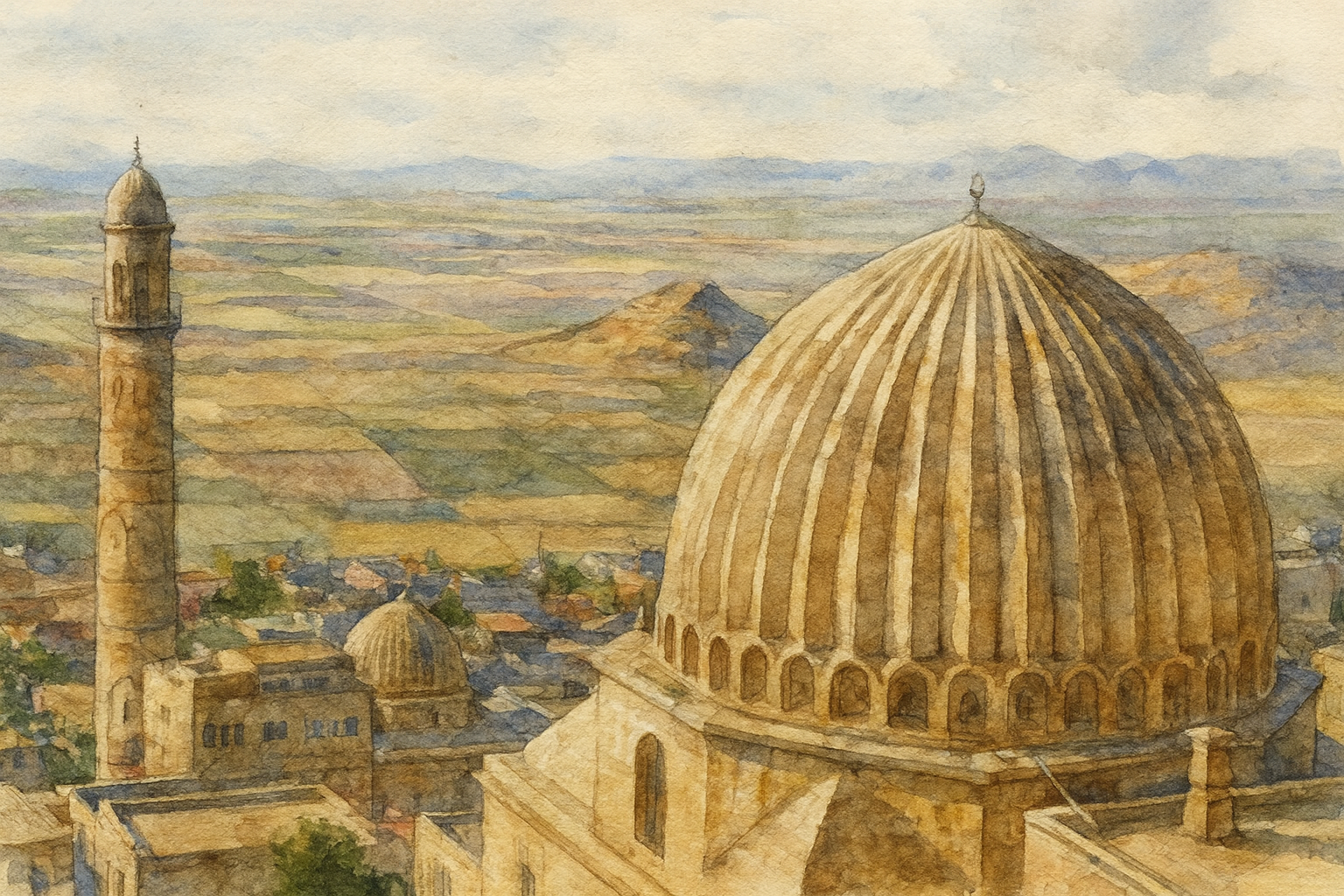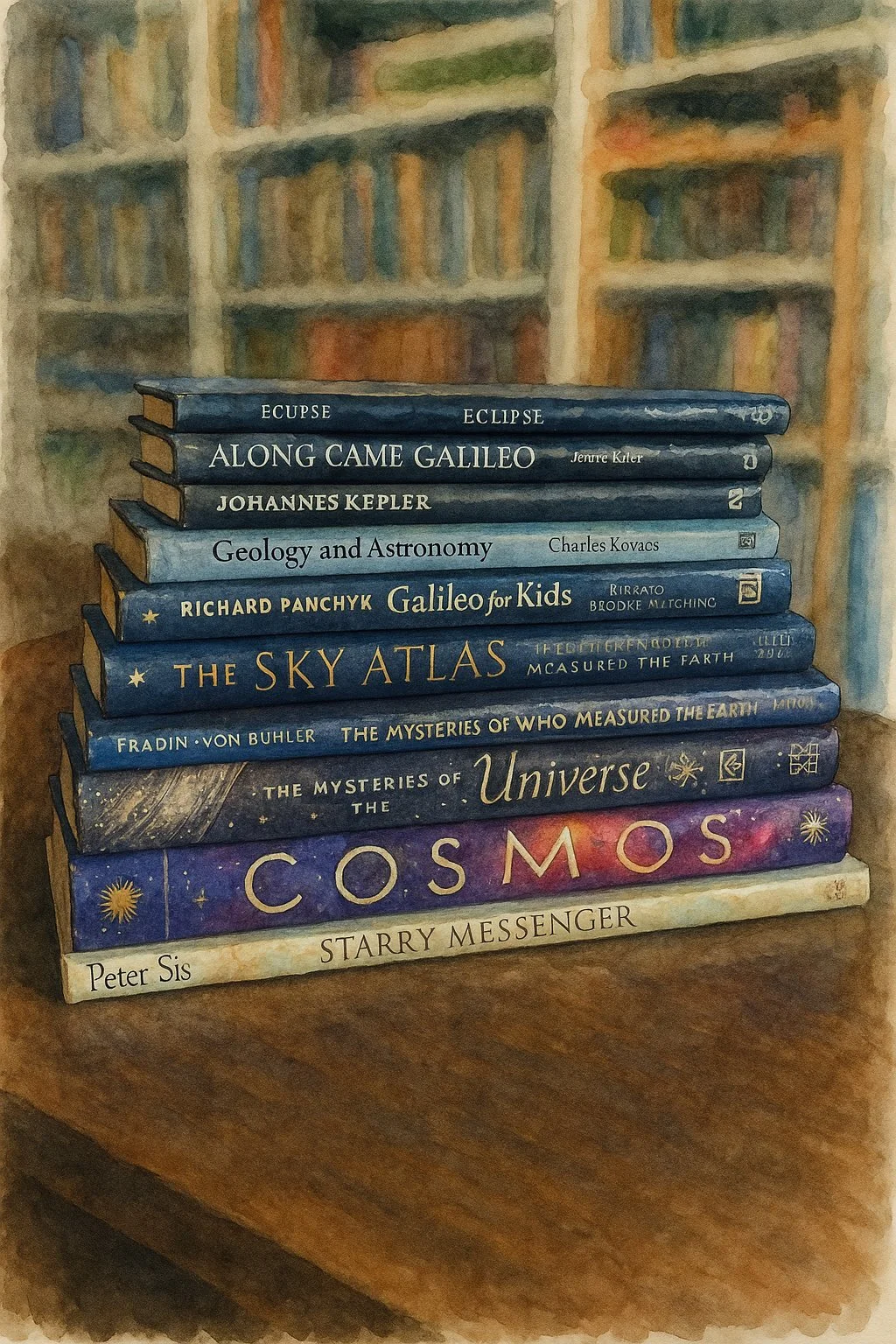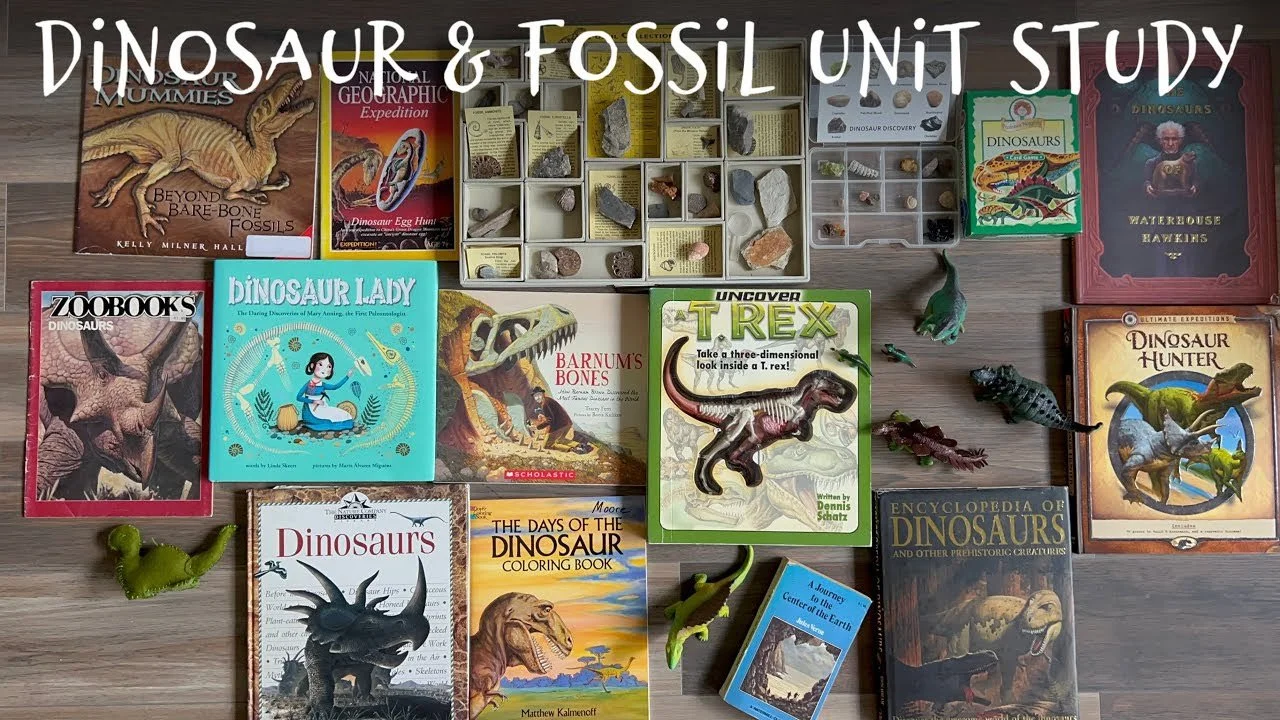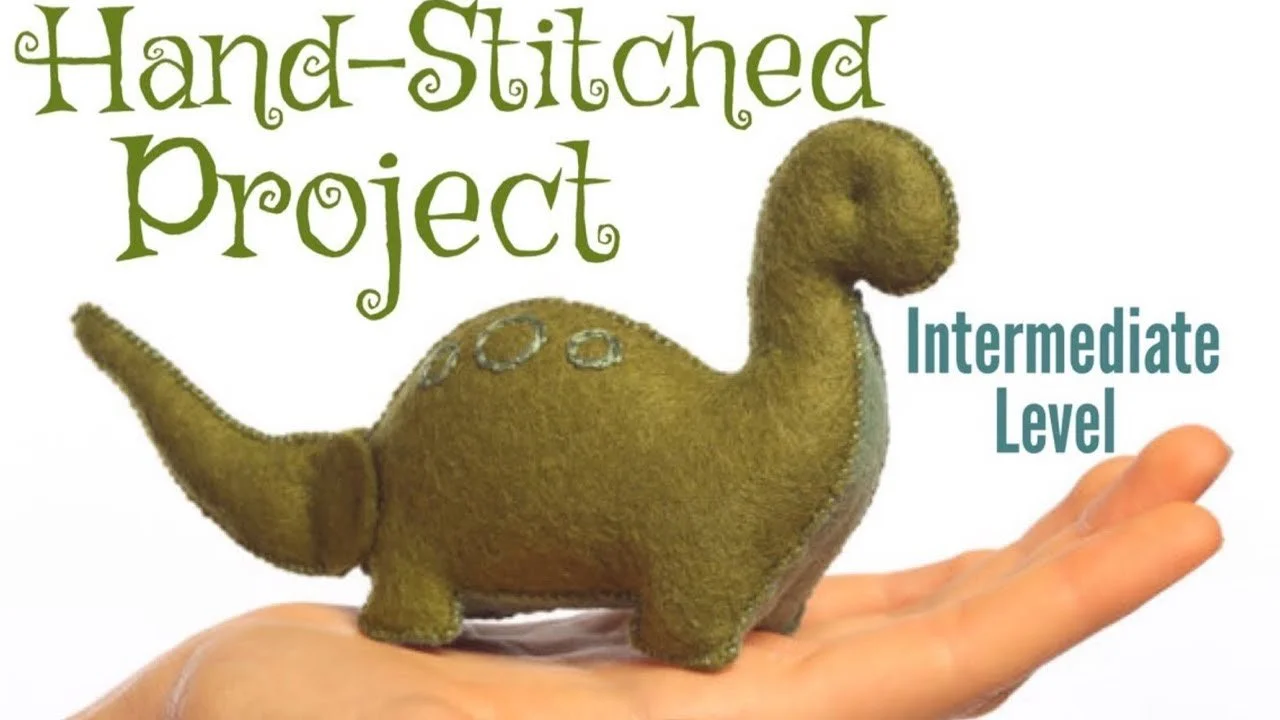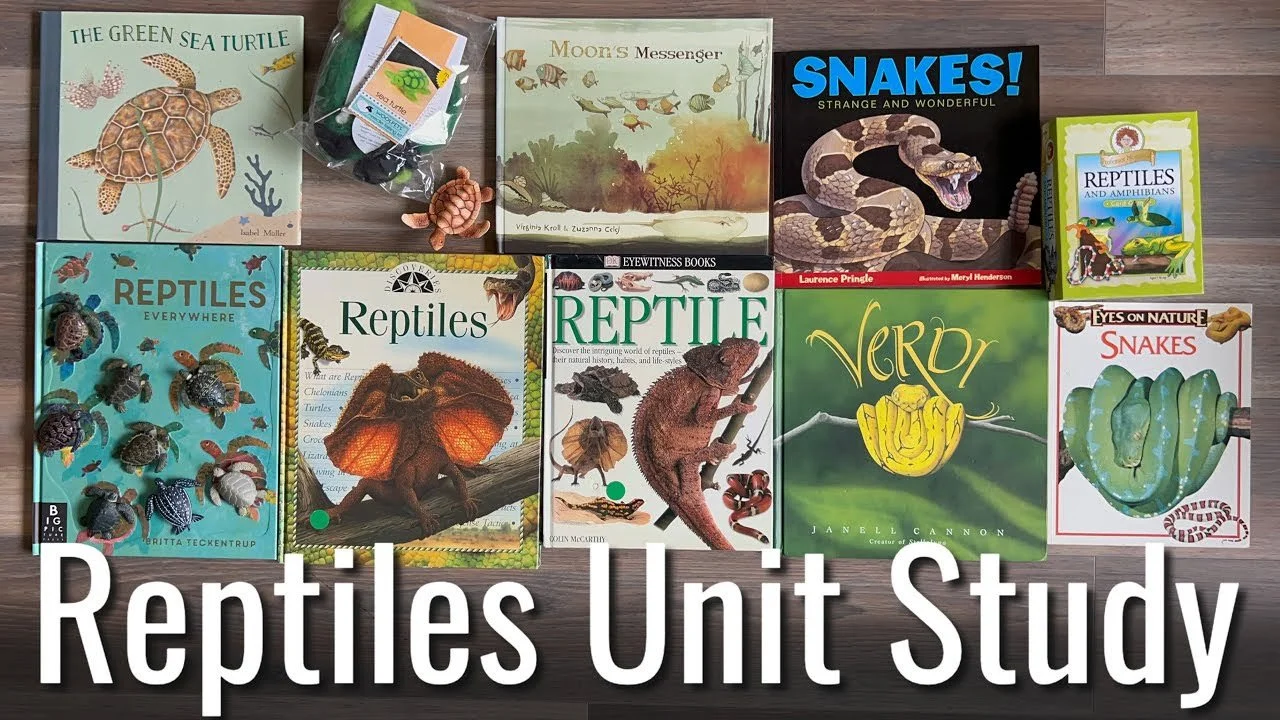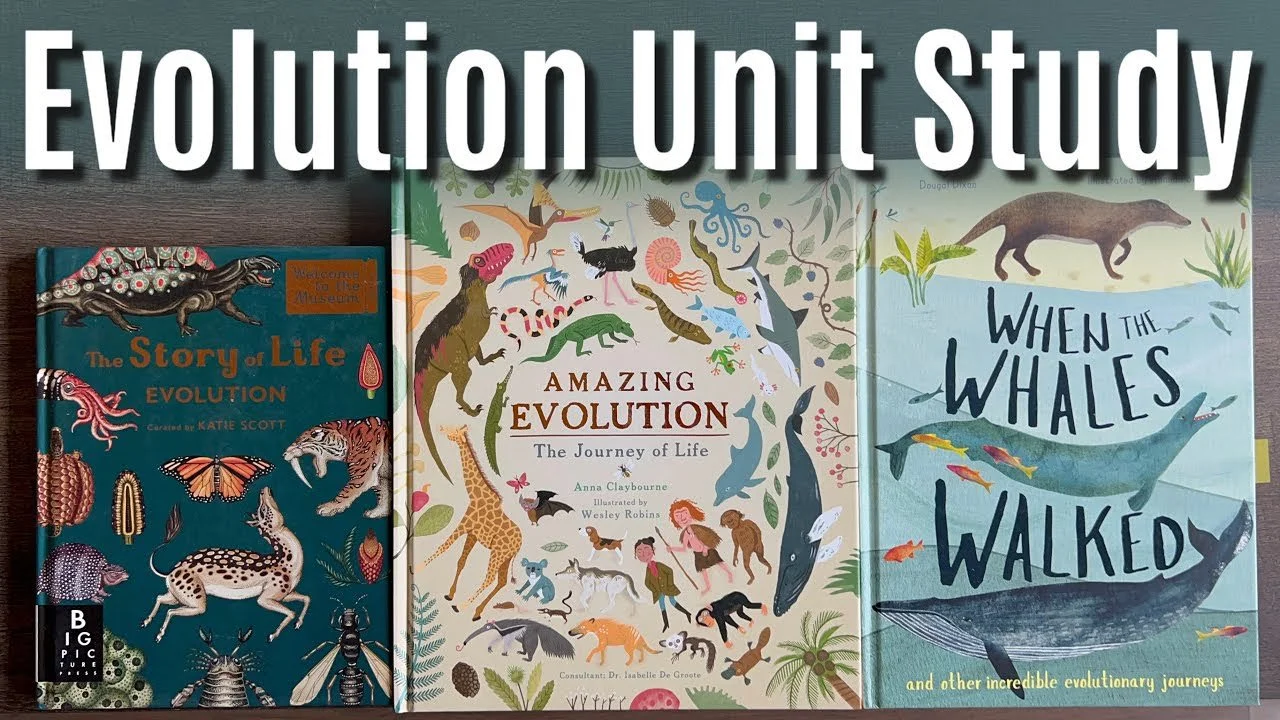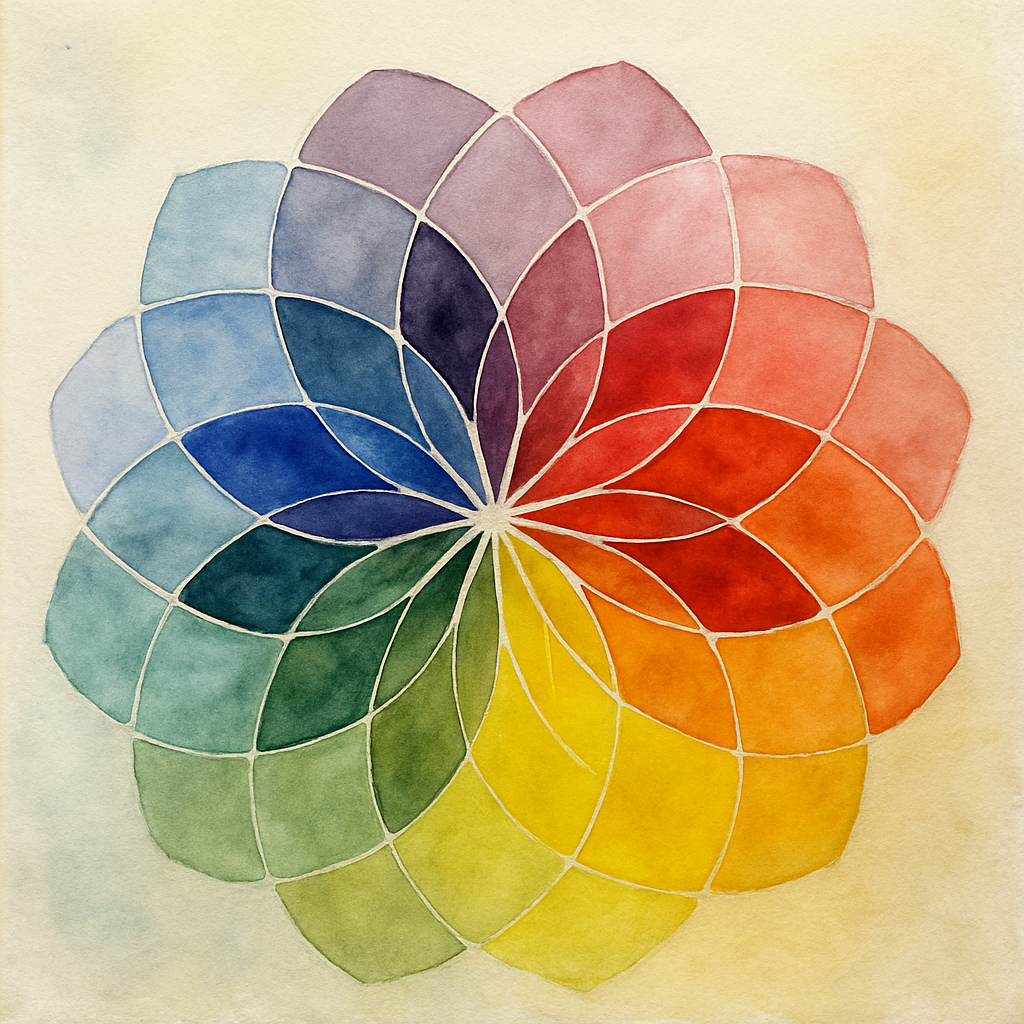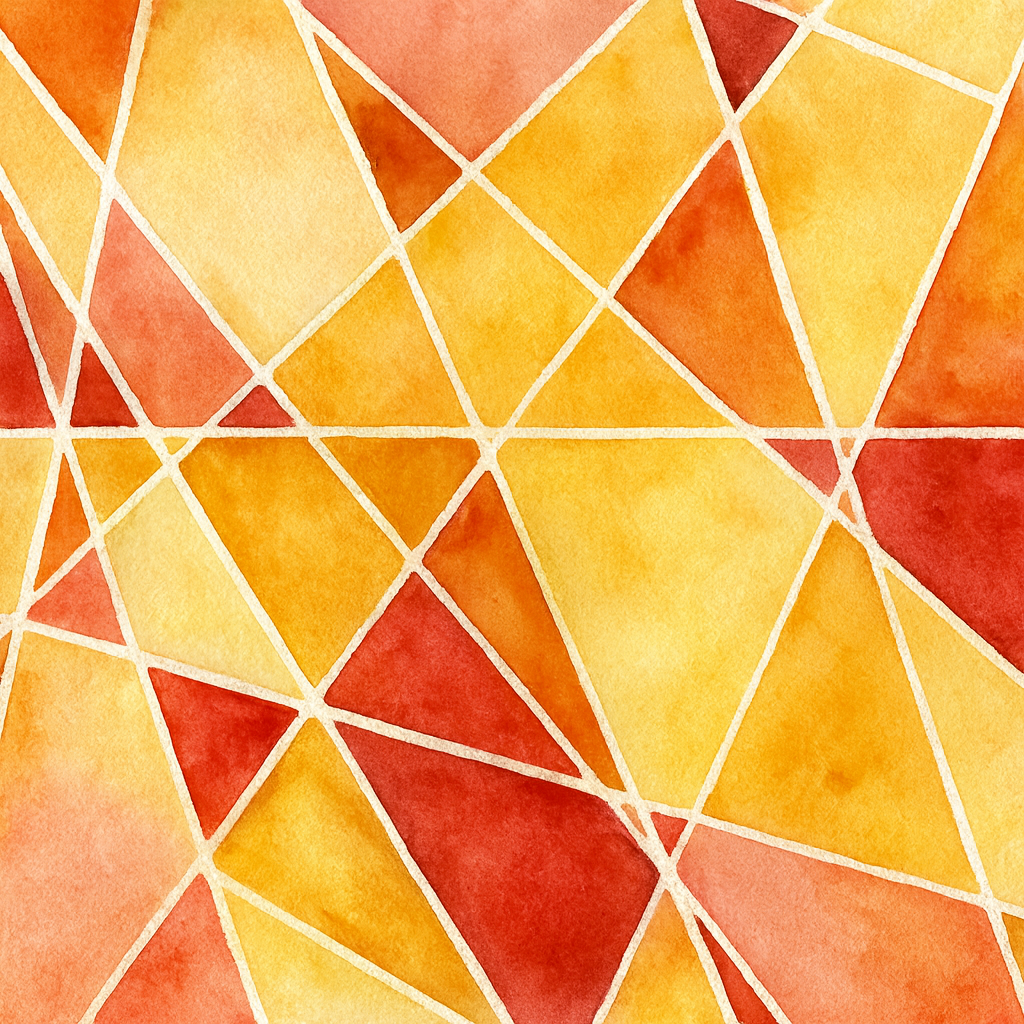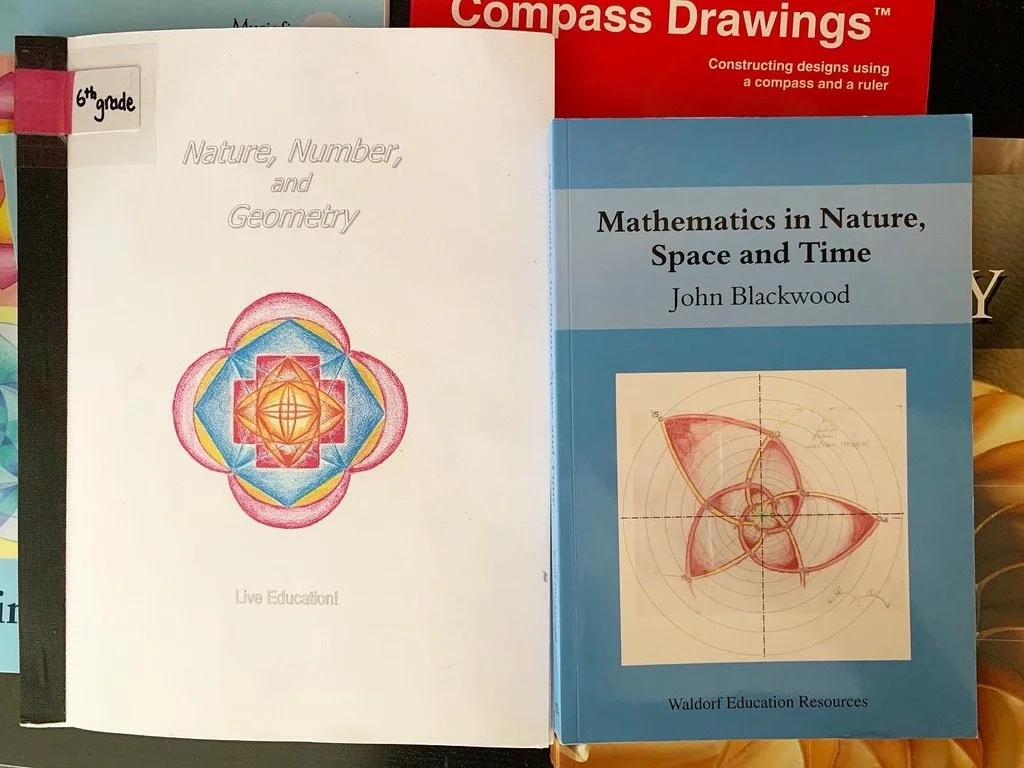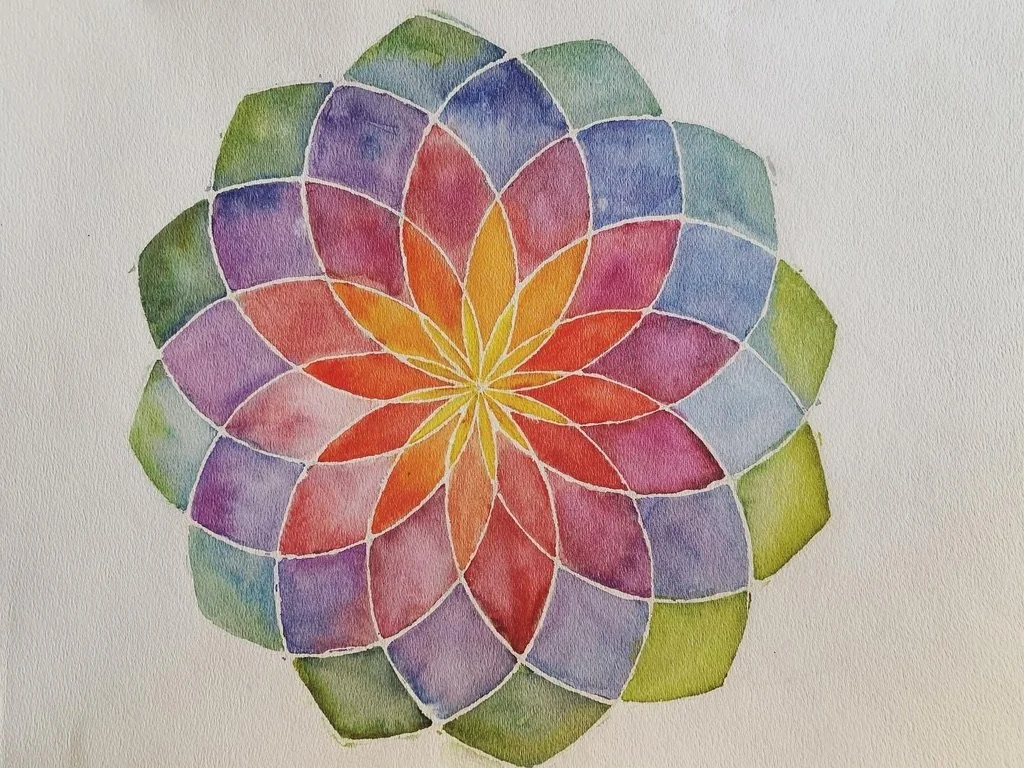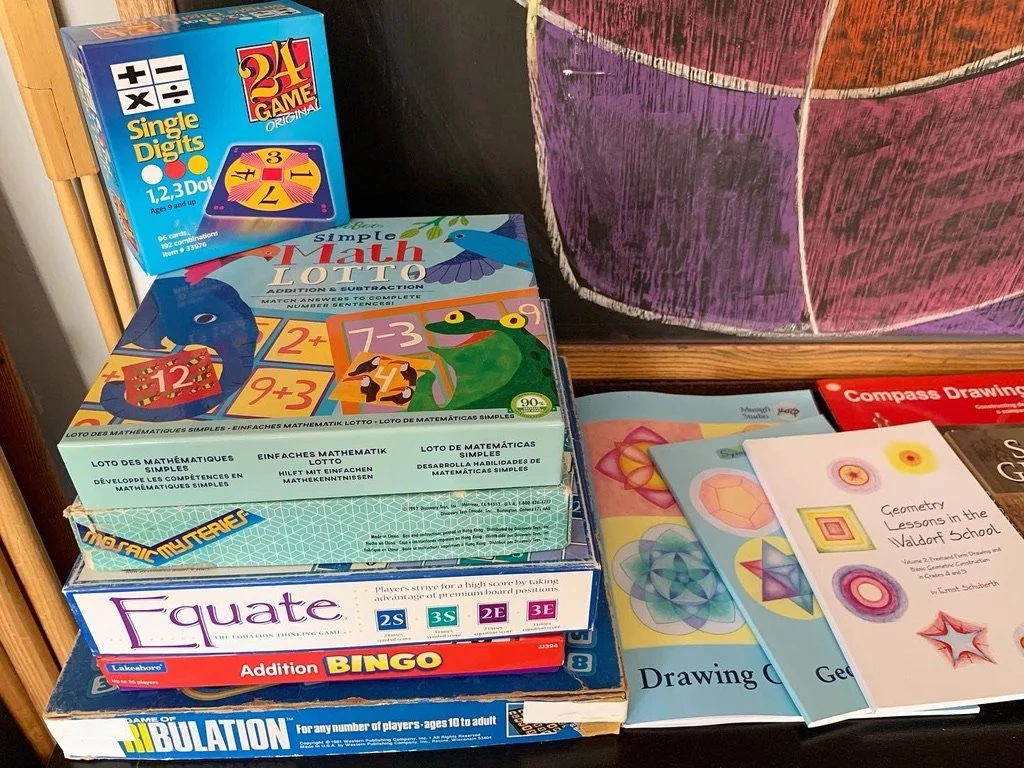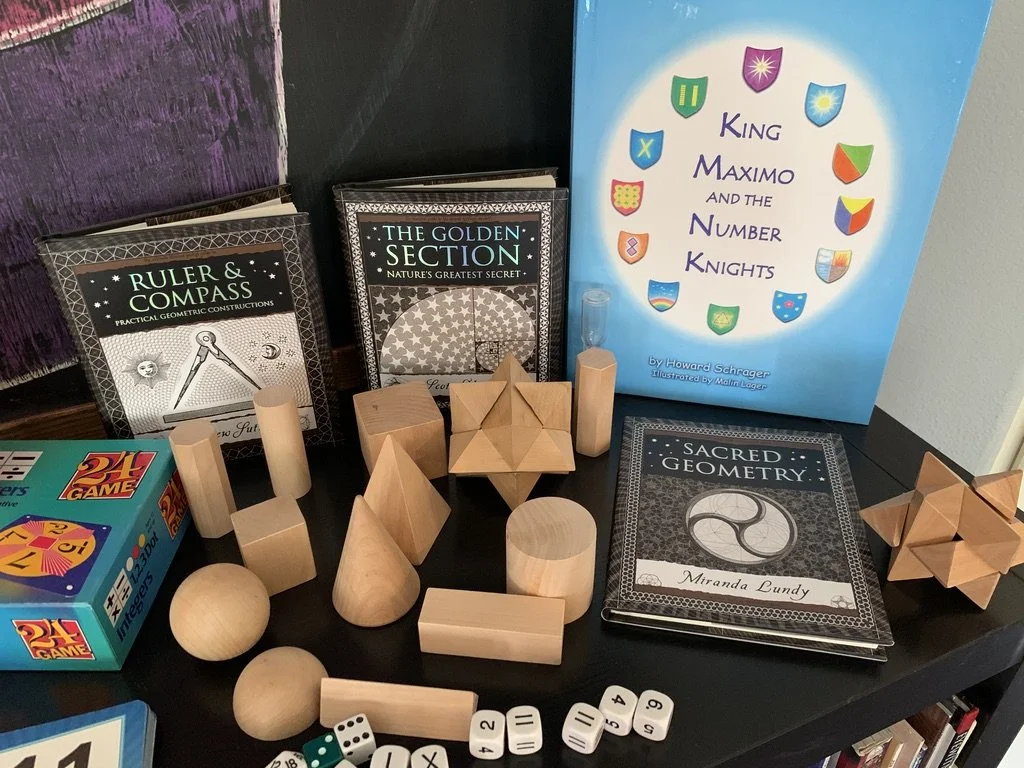Grade 6 | Age 12
In Waldorf Grade 6, children of 12 years are going through a major turning point both developmentally and spiritually. This transition of early adolescence follows the golden Harmony of Grade 5 as children begin to physically grow into their adult bodies. With this transition comes a lot of physical and emotional challenges. Puberty is one of the most recognizable developmental milestones in a person’s life. This is the time of inner awakening when thinking become sharper and students question more as they seek logical explanations. The student begins to look for truth and law and order in the outer world to balance the turbulence of the awakening within.
The Waldorf curriculum meets the Grade 6 students who are in the beginnings of this transformation with a sense of structure, precision and order, bringing clarity and grounding through the main lesson blocks of Roman history, geometry, physics, and mineralogy. This is the year of law, reason and inner balance. Students are seeking structure and have comfort in the anticipation of the outcome. Physics and geometry, provide both the beauty and the predictability that will bring comfort and expectation to the student. And studying Roman history, the student will enjoy the themes of justice, law, and the beauty and precision of architecture.
The student of 12 years old is going through an intellectual awakening. They may not be quite ready for the rigor of critical thinking and abstract thought, but they have an inner desire to seek fairness justice and truth. They are searching for clarity and structure, which is separate and different from the dreamy harmonious childhood they have experience so far. While they remain curious, they may be surprised by their own self assertion, their skepticism and their longing for order. They will engage in arguments yet may struggle to provide the support necessary to see those arguments through. The curriculum will meet their newfound objectivity with lawful, ordered and demonstrative experiences in history and geometry, and for the first time in the measured sciences of physics.
Whereas the Grade 5 curriculum was heavy in history, the Grade 6 curriculum is heavy in the sciences. Botany was the transition science in Grade 5 that bridged the natural sciences to the hard sciences. The students had experienced so far to a gentle awakening of the more structured sciences that were to come. Students will now experience mineralogy, astronomy, and physics, which will reflect the ordered experiences they’ve had in geometry so far and move forward with a deepening understanding of the natural world around them.
Students may have had an ancient Greece main lesson block in the previous year. But this year they will have Greek history, followed by a main lesson block on Rome. Whereas Greece was the world of beauty, harmony and grace, Rome is the world of law, order and strength. Not to diminish the strength of Ancient Greece and the triumphs of Alexander the Great nor to diminish the beauty of Rome with its spectacular, utilitarian and lasting architecture by polarizing the two as Greece being a culture of beauty juxtaposed by Rome’s strength. The Roman epoch mirror is the children’s inner need for structure and discipline. Roman history, introduces justice, government, law, and the power of will.
Following the main lesson block on ancient Rome, students are plunged into the dark ages with a fall of Rome, and the beginning of the Middle Ages. The Medieval Time captures the imagination of the Grade 6 student. Just as they were coming alive with ordered structure with the Roman main lesson block, they momentarily go through the re-building of civilization through the lense of the rise and fall of Europe. The Middle Ages with their queens and kings, knights and peasants is the perfect backdrop for the stories of battles and adventures, castles and pageantry. But while Europe experienced struggle and regrowth during the middle ages, the rest of the world was experiencing a golden age of revival and advancement. Lessons on the Silk Road, China, North Africa and West Africa bring balance and contrast the cold darkness just across the Mediterranean sea. The Golden Age of the Islamic empire spread from the Atlantic ocean across north Africa, Arabia and Asia, all the way to the Pacific Ocean.
Students will continue with geometry, but will include business math and pre-algebra skills and preparation for higher math.
Physics is introduced in Grade 6 with optics, thermodynamics, and acoustics, but continues in Grade 7 with electricity and magnetism and in Grade 8 with mechanics. Lessons continue to follow a 2- or 3-day rhythm with demonstrations of the physical phenomenon occurring on the first day but a review and a deepening of the lesson occurs on the second day.
In geography, students will learn about latitude and longitude and mapping skills, which will also be reflected in their astronomy main lesson block.
The mineralogy block as well as the botany block from the previous year, also contain lessons in landforms and geography.
Students continue with their specialty classes in the practical arts, eurythmy, music, foreign language, and handwork.
New Art mediums are introduced this year with charcoal drawings and pencil drawings. Shading and perspective are introduced to reflect form, depth and realism. This is a major shift in the artistic representation of lessons so far. Perspective drawing is especially important to the middle school student and may be reserved for Grade 7. Drawing the world as it appears reflects the child’s awakening to objective perception. This is an important milestone for students as they learn that their perspective isn’t the only one.
Lessons will continue with water coloring, but instead of wet on wet water coloring, it will become more structured and controlled with color layering and tonality with a technique called veil painting.
The classroom colors continue on the cool spectrum of blue moving into violet and periwinkle maybe even a soft gray. These hues bring calm and clarity to the awakening intellect. Once again students are moving away from the teacher and parent and are looking to see their own individuality separate from that of the authority. They continue to question and be critical of the authoritative figures and often pushback, needing more clarity and reasoning for the things they are being asked to do. While they do seek structure and order, they will push back against it in an effort to test the boundaries.
6th Grade Live Education Waldorf Curriculum
Want a lively, interactive and unique curriculum option for your 6th grader? The Live-Education 6th grade curriculum may be what you're looking for. This year, the curriculum continues to be both responsive to the needs and development of the student as well as progresses with the lessons that were covered the previous year.
The main lesson blocks this year include Grammar, Geometry (which continues the lesson from last year and yet compliments the main lesson blocks this year), introduction to algebra (this is an option I recommend waiting on until your student is in 7th, 8th or even 9th grade), Mineralogy, Introduction to Physics and Astronomy make up your science main lesson blocks, and Middle Ages, Ancient Roman History and Ancient Greek History make up your history units for the year. This is quite a packed year and you'll still want to make room for afternoon classes such as foreign language, music, physical movement and handwork.
In fact, you'll be surprised at how much writing, dictation and copywork occur with the history and science main lesson blocks, but it's nice to have a main lesson block in grammar which can be used as early at 5th grade all the way through to 8th grade.
There are additional materials you'll need for the school year. In addition to a source book for each subject area (you could do without one, but with some subjects, it's highly recommended), you'll need main lesson books, color pencils and the Key to Curriculum workbooks for fractions and decimals.
While there is a single teacher for grades 1st-8th in a Waldorf school, there are also other teachers that a student will interact with on a daily and weekly basis. There are additional lessons that are taught by specialized teachers. For instance, there are foreign language teachers who teach twice a week in the afternoons after the main lesson has been completed by the classroom teacher, there are handiwork teachers, eurythmy teachers, and music teachers who also teacher regularly throughout the year. This provides a nice balance of role models throughout a child's experience at school.
The same can be achieved at home. You may choose to have additional classes for your child and thereby your child will be exposed to other teachers other than yourself.
Check out my other Waldorf curriculum reviews:
You can also see the complete lessons for Geometry by clicking here.
Key to Curriculum Series review
You can find Year 6 Live-Education curriculum here.
Here are a list of hands-on projects we really enjoyed the first two times we did the Middle Ages unit:
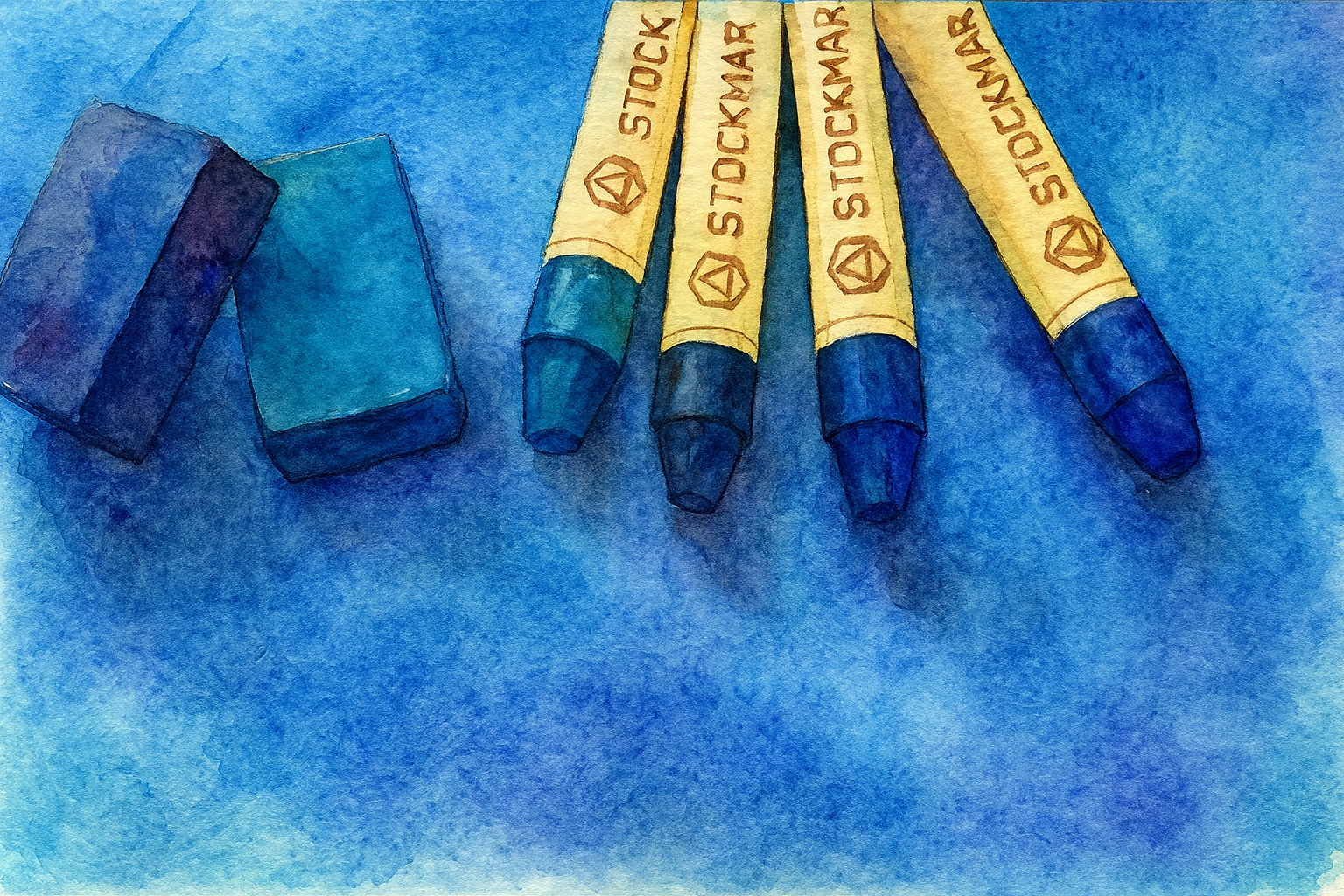
Grade 6
Grade 6
-
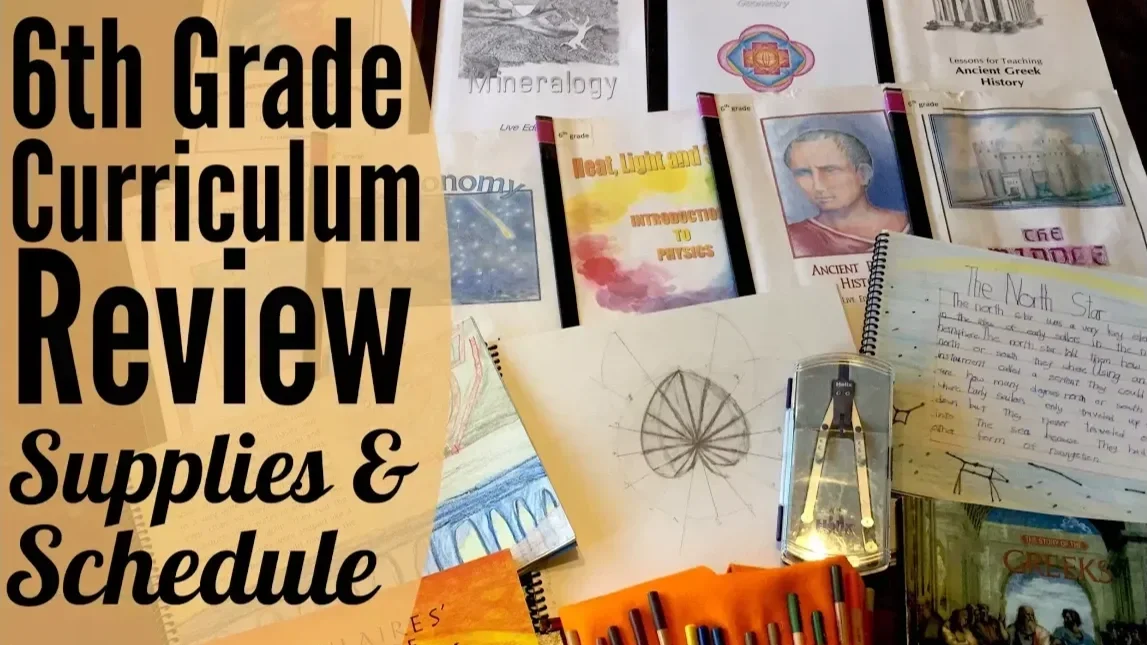
6th Grade Waldorf Homeschool Curriculum | Grade 6
Want a lively, interactive and unique curriculum option for your 6th grader? The Live-Education 6th grade curriculum may be what you're looking for. This year, the curriculum continues to be both responsive to the needs and development of the student as well as progresses with the lessons that were covered the previous year.
-

Geometry Main Lesson Block | Grade 6
Over the years, I've put together several math main lesson blocks and a number of geometry blocks. What sets these blocks apart from other math blocks is the level of engagement the teacher and student experience with each lesson. There are no dry lessons. The upside is obvious: full engagement means maximum learning and high possibility of retention.
Medieval Europe History Block | Grade 6
-
Resources & Chalk Drawings
Want to know about the Middle Ages? You’ve come to the right place! I’ve collected a wide assortment of resources for this unit study on Medieval Times with a focus on Europe. While our Live Education Waldorf homeschool curriculum for grade 6 includes several lessons on this time period from other areas in the world, I’ve decided to split up this time period and focus this unit primarily on Europe followed by a unit I’m calling “The Silk Road” which will focus on other areas of the world.
-
Projects & Activities
Projects books and kits are a great way to include a hands-on approach to a main lesson block or unit study. The Middle Ages history block is rich with resources from books to kits. While some of the kits are no longer available, others may be. I find the materials in a kit to be top notch, but making your own projects from scratch is deeply satisfying.
-
Supporting Units
What was happening in the rest of the world during the Middle Ages? While Europe was experiencing its Dark Ages, Africa, Arabia, Asia and the Asian subcontinent were thriving. However, in depth study of the history in the rest of the world during the Middle Ages can be found in our other main lesson blocks of the Silk Road, the Khans Mongolia, Mansa Musa and West Africa, the Golden Age of Islam, the Travels of Ibn Battuta, and Zheng He and China.
Grade 6 Science Blocks
-

Mineralogy
The Waldorf approach to mineralogy in Grade 6 is through a blend of scientific observation, artistic expression, and imaginative storytelling. Rather than beginning with abstract facts, students are guided to observe the forms, colors, and structures of minerals and rocks with deep attention to detail. The goal is to awaken wonder and a sense of connection to the natural world, allowing scientific understanding to arise from a lived experience.
-
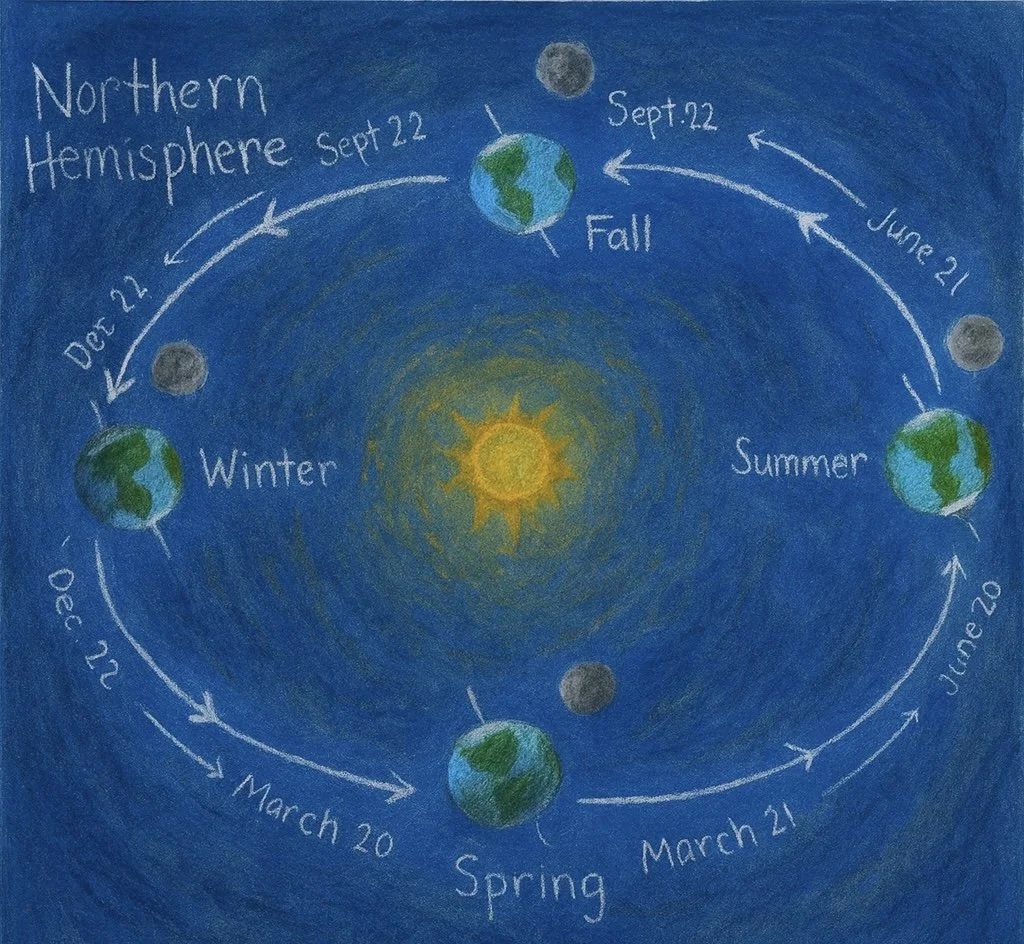
Astronomy
Grade 6 is science centered with multiple science blocks including Astronomy. Astronomy is taught through a poetic and experiential lens that nurtures awe and reverence for the cosmos. Lessons begin with careful observation of the night sky—tracking the movement of stars, planets, and the phases of the moon—before introducing scientific explanations. Mythology, cultural stories, and artistic renderings of constellations are woven into the curriculum to foster a personal and imaginative relationship with the heavens.
-
Physics
Physics is introduced gradually, beginning in Grade 6 and deepening through Grades 7 and 8, always grounded in direct, sensory experiences before abstract theory. In Grade 6, students explore acoustics, optics, heat, and magnetism through hands-on demonstrations. The focus is on careful observation and describing phenomena in precise, vivid language. In Grade 7, the curriculum introduces mechanics and electricity. Students examine simple machines, levers, and pulleys, observing how force, work, and motion interact. By Grade 8, physics becomes more analytical and quantitative. Topics such as hydraulics, aerodynamics, and electromagnetism are explored.
Astronomy
-
Resources & Chalk Drawings
in the resource section, you will find the books and materials we used to put together our astronomy unit studies as well as our astronomy main lessons. Astronomy unit studies are which with living books, while our astronomy main lesson block contain fewer resources that support a Waldorf approach
-
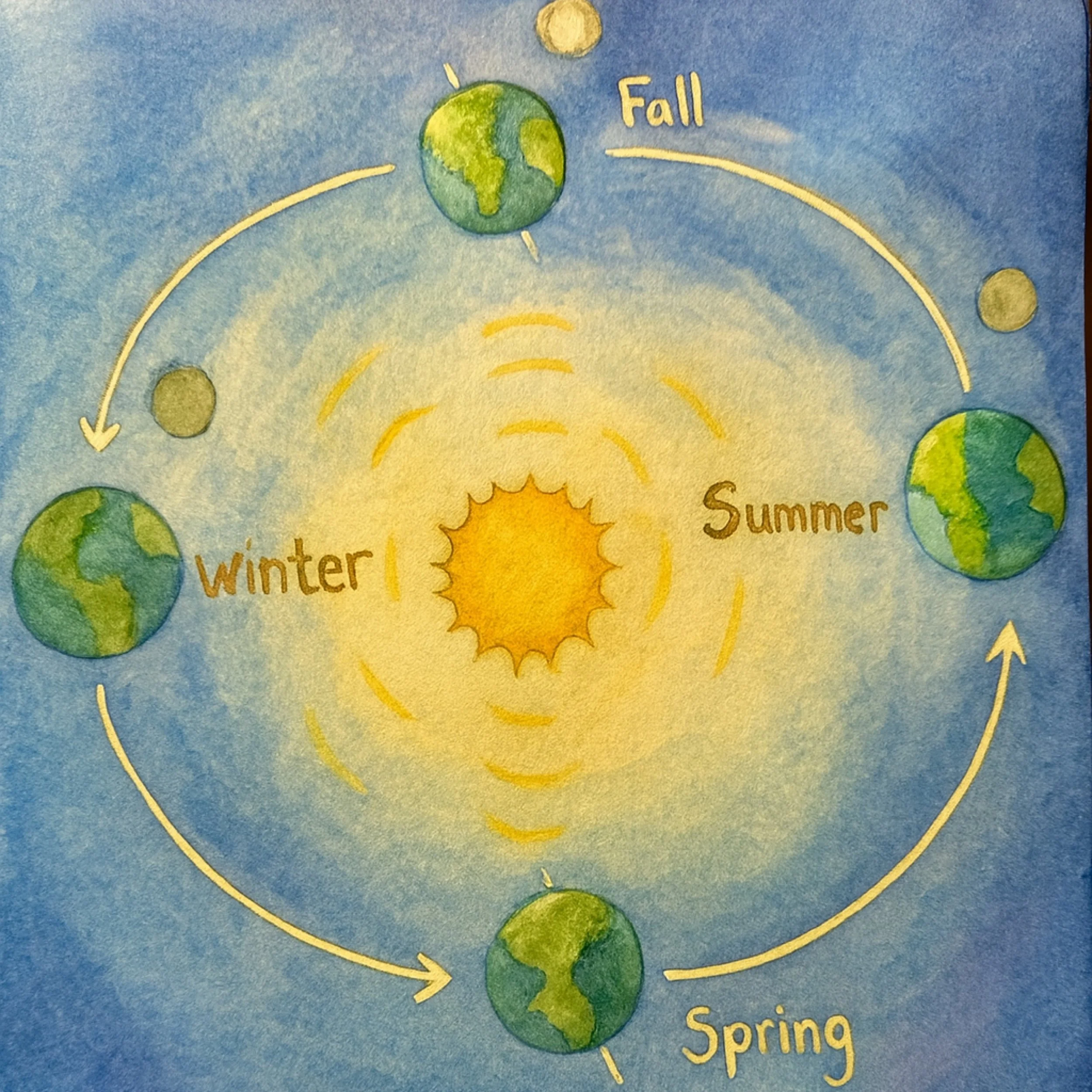
Lessons
Our astronomy lessons primarily focus on the world of curriculum by Live Education and adhere to the Waldorf pedagogy. These lessons were presented to students in middle school, grades 6-8.
-
Projects & Activities
One of the most enjoyable waste to learn is through hands on projects and activities. Granted they take more time to set up, execute, and clean up. For this reason, we may only get to a few projects within one unit. One way to increase your projects and activities is to use premade kits when available.
Mineralogy, Geology & Earth Science
-

Resources & Chalk Drawings
When putting together a unit study or main lesson block, the first thing I do is collect resources. For our earth science units, the resources maybe for Young elementary, middle elementary or middle school, depending on whether it’s a unit study, a meteorology main lesson block, or geology. And since we have done this unit multiple times, I have multiple posts on the different resources we’ve used each time. In a Waldorf setting, mineralogy is introduced in grade 6, and geology is introduced in high school. There is a subtle yet significant difference between the two.
-

Lessons
In our years of sharing our homeschool journey, we’ve done our mineralogy block several times. Sometimes the content I share is ‘lesson’ heavy, and other times it’s ‘project’ or ‘activity’ heavy. When sharing the lessons, I share the main lesson book, the illustration and the narration, not the actually process of me delivering a lesson. On occasion, I share a ‘Real Time’ lesson, but what you’ll find here are main lesson book entries.
-

Projects & Activities
We Love our hands-on projects and activities. I truly believe that some of the best learning is hands-on learning. When my children were younger (elementary school) and especially for my boys (my daughter had less interest in our projects overall), we utilized kits, projects and activity books extensively in our education. Check out some of our projects! Sadly, many kits may no longer be available, but similar ones are sure to be.
Reptiles & Dinosaurs
-
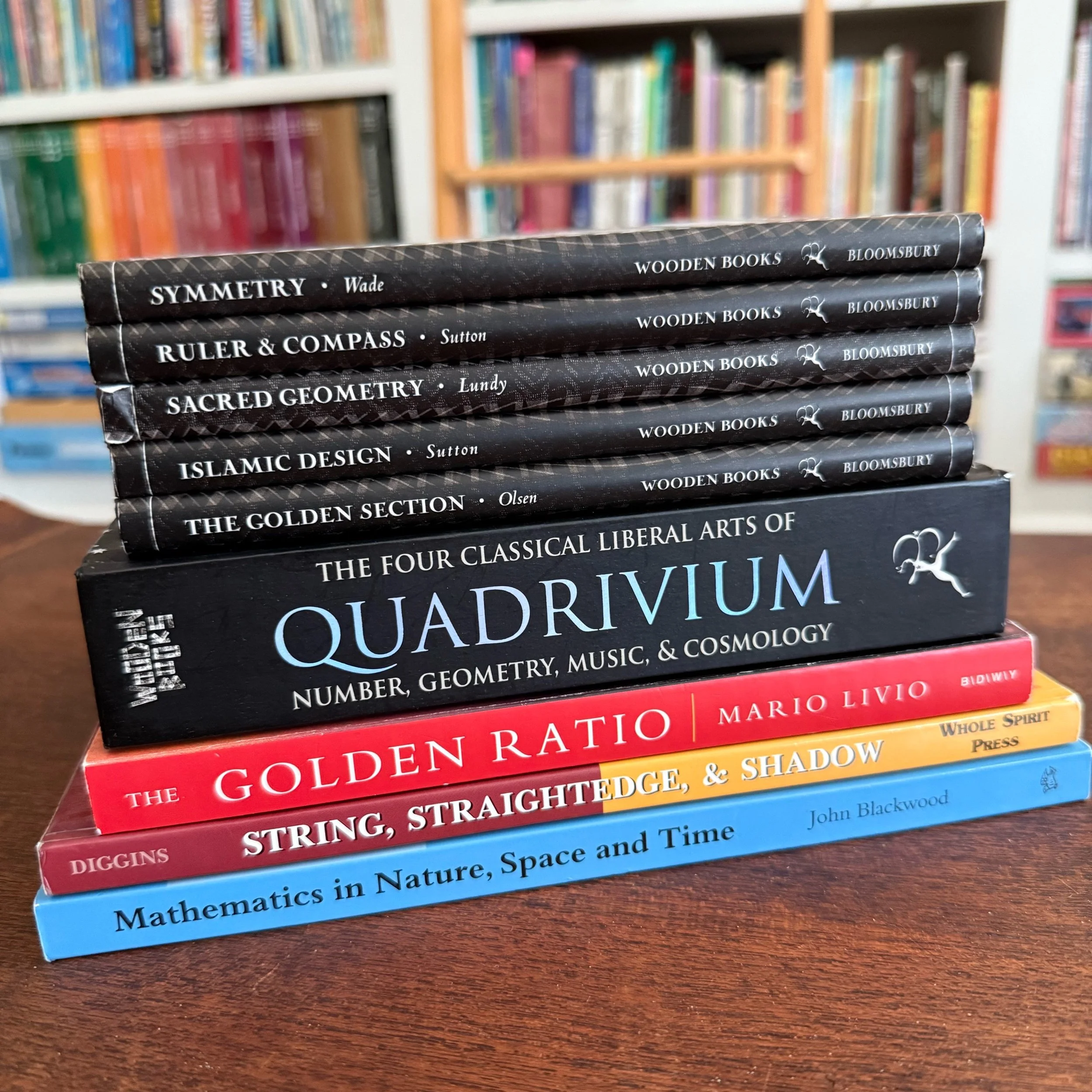
Geometry Resources
One of my favorite subjects in the Waldorf curriculum is Geometry. The way it is presented according the Waldorf pedagogy is perfection, just like geometry itself. Geometry is presented in Grade 5 and again in Grade 6 and both main lesson blocks are artistic, informative and observable. Proofs are discovered through working with the geometric form. Geometry is presented in connection with Ancient Egypt, Ancient Greece, Botany, Mineralogy and Astronomy. Geometry is beautifully integrated into the the Grade 5 and Grade 6 main lesson blocks.
-
Geometry Lessons
We have worked through our Geometry main lesson blocks at least 4 times in the years we have homeschooled and each time it feels new, beautiful and just as wonderful. Some of these lessons are tutorials, others are lessons with my children and yet others are based on the Live Education Waldorf curriculum. In all lessons, you’ll find an artistic representation of the lesson using colored pencils, watercolors or other art mediums. Geometry is meant to be experienced with this beauty and perfection, so have some high quality art materials available so you may enjoy the process and results fully.
-

Algebra Resources
Explore the Algebra resources we have used in our homeschool. We reserve the study of Algebra until Grade 9 and occasionally Grade 8. But as algebra calls on a student’s capacity for critical and abstract thinking, it’s best to present it after puberty when the student may fully engage in the learning. Attempting to introduce a simplified and intuitive form of algebra starting in Grade 1 with questions like “what plus 6 equals 10” does a student a deep disservice as a student that age is not using “X” to qualify an unknown nor is she learning to balance an equation. So this line of teaching needs to be undone before actual algebra may be taught.
Geometry Lessons
-
Geometry Grade 5 Lessons
When I first started sharing our homeschooling journey online, I had already been homeschooling for over 10 years. In that time, I had already done our Geometry block once with my oldest son. Now I was introducing the subject area to my second child but it’s my third child who was only 8 at the time who really loved these geometry lessons as well. I found that because of the artistic nature of these lessons and the slow build of concepts that this presentation of Geometry worked well as a family lesson rather than just for my Grade 5 student. In this way, everyone participated in the Geometry lessons. And everyone enjoyed them!
-

Division of a Circle Lessons
Circle symmetry is one of the most beautiful geometric projects you can easily do with your students. While some symmetries are more complicated, 3-, 4-, 6-, 8- and 12-fold are fairly straightforward and can be achieved with moderate effort and skill, in my opinion and experience. Today's project is a tutorial for threefold symmetry. While you can explore this design and come up with creative ways to paint or color in the shapes, it's not my favorite. I like the symmetry starting at 6-fold symmetry. But, I'd love to see what you come up with. Maybe your creative way of painting this design will change my mind. Honestly, the possibilities are endless and that's exciting.
-

Geometry Grade 6 Lessons
In Grade 5 students are introduced to the beauty and function of geometry with the exploration of shape and how shapes come about in the world around us. Shapes are dynamic even though we see a still shot of quadrilaterals and triangles. In Grade 6 we explore the circle in depth looking at not just 6-division of a circle and its representations in nature and mineralogy, but now we explore 5-division of a circle and the pentagon and the golden ratio. A connection to astronomy and music as well as botany previously illuminates the deep sacredness that geometry of the heavens is astronomy, the geometry of sound is music, the geometry of the mineral kingdom are crystals and the geometry of the plant kingdom is botany.
-
Geometry Grade 7 Lessons
As we advance in Geometry, we explore the book A Beginner's Guide to Constructing the Universe: Mathematical Archetypes of Nature, Art, and Science by Michael S. Schneider. This book details the quality of numbers 1-10. Instead of making the Platonic solids with templates, we learn to make them through the construction of the regular shapes through their the division of the circle. We also do the same with the Golden Rectangle.
Handwork Projects | Grade 6

Grade 6
6th Grade Waldorf Homeschool Curriculum | Grade 6
Want a lively, interactive and unique curriculum option for your 6th grader? The Live-Education 6th grade curriculum may be what you're looking for. This year, the curriculum continues to be both responsive to the needs and development of the student as well as progresses with the lessons that were covered the previous year.
The main lesson blocks this year include Grammar, Geometry (which continues the lesson from last year and yet compliments the main lesson blocks this year), introduction to algebra (this is an option I recommend waiting on until your student is in 7th, 8th or even 9th grade), Mineralogy, Introduction to Physics and Astronomy make up your science main lesson blocks, and Middle Ages, Ancient Roman History and Ancient Greek History make up your history units for the year. This is quite a packed year and you'll still want to make room for afternoon classes such as foreign language, music, physical movement and handwork.
In fact, you'll be surprised at how much writing, dictation and copywork occur with the history and science main lesson blocks, but it's nice to have a main lesson block in grammar which can be used as early at 5th grade all the way through to 8th grade.
There are additional materials you'll need for the school year. In addition to a source book for each subject area (you could do without one, but with some subjects, it's highly recommended), you'll need main lesson books, color pencils and the Key to Curriculum workbooks for fractions and decimals.
While there is a single teacher for grades 1st-8th in a Waldorf school, there are also other teachers that a student will interact with on a daily and weekly basis. There are additional lessons that are taught by specialized teachers. For instance, there are foreign language teachers who teach twice a week in the afternoons after the main lesson has been completed by the classroom teacher, there are handiwork teachers, eurythmy teachers, and music teachers who also teacher regularly throughout the year. This provides a nice balance of role models throughout a child's experience at school.
The same can be achieved at home. You may choose to have additional classes for your child and thereby your child will be exposed to other teachers other than yourself.
Check out my other Waldorf curriculum reviews:
You can also see the complete lessons for Geometry by clicking here.
Key to Curriculum Series review
You can find Year 6 Live-Education curriculum here.
Here are a list of hands-on projects we really enjoyed the first two times we did the Middle Ages unit:
Geometry Main Lesson Block | Grade 6
Over the years, I've put together several math main lesson blocks and a number of geometry blocks. What sets these blocks apart from other math blocks is the level of engagement the teacher and student experience with each lesson. There are no dry lessons. The upside is obvious: full engagement means maximum learning and high possibility of retention. The downside is that it takes a lot time, a fair amount of planning and the occasional (sometimes frequent) disappointment when lessons don't go as planned or you (both teacher and student) struggle with achieving the forms you are striving to make.
When putting together a unit, I look for a number of resources to enrich our experience. While math blocks are different than other blocks in that I'm not likely to have a set of recipes like a geography unit or a historical fiction for a history unit, I will plan for us to cook and alter recipes so that fractions can come to life real applications and I will include a number of math books, especially picture books, when possible. One thing I won't go without with putting together a math unit are games! I find math games to be some of the best ways to truly understand math concepts and master basic math skills. New for this unit are Islamic Geometric Design books that were gifted to our family from Siraj Bookstore.
